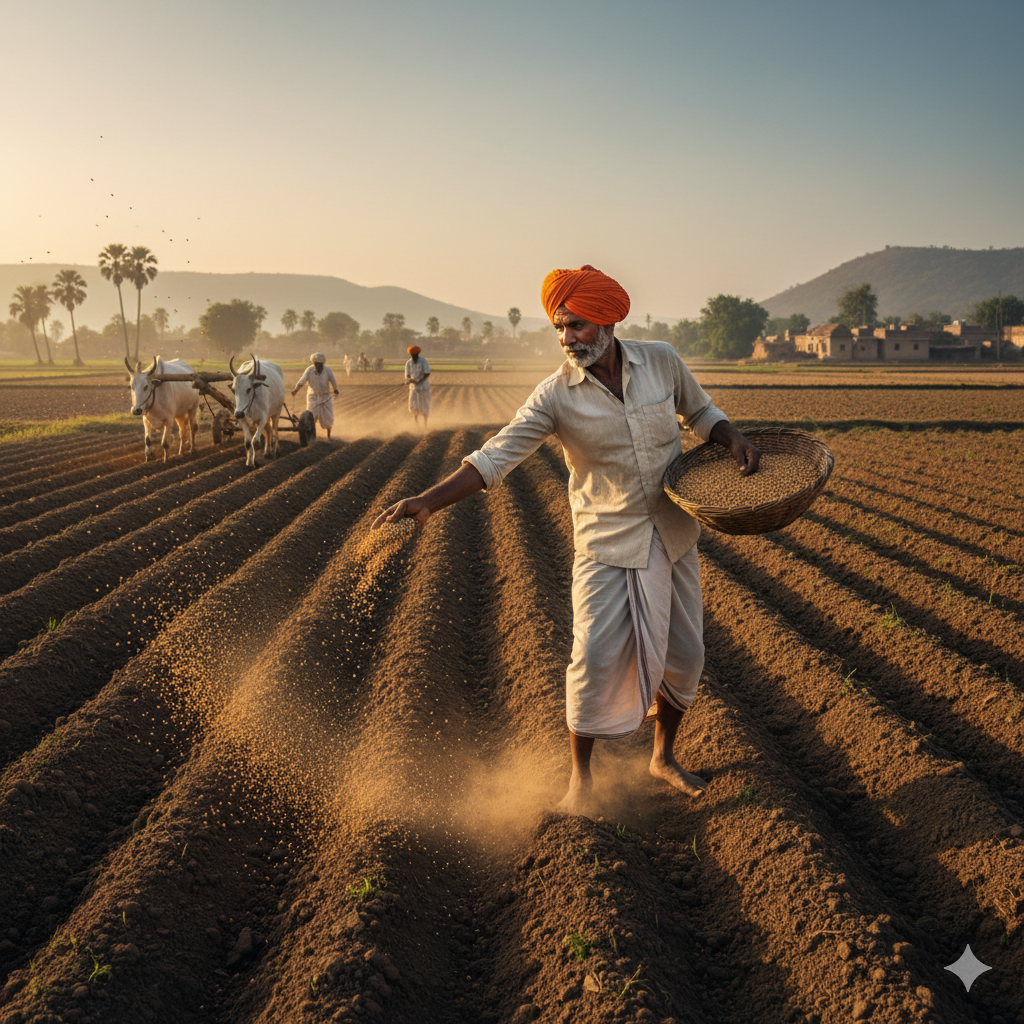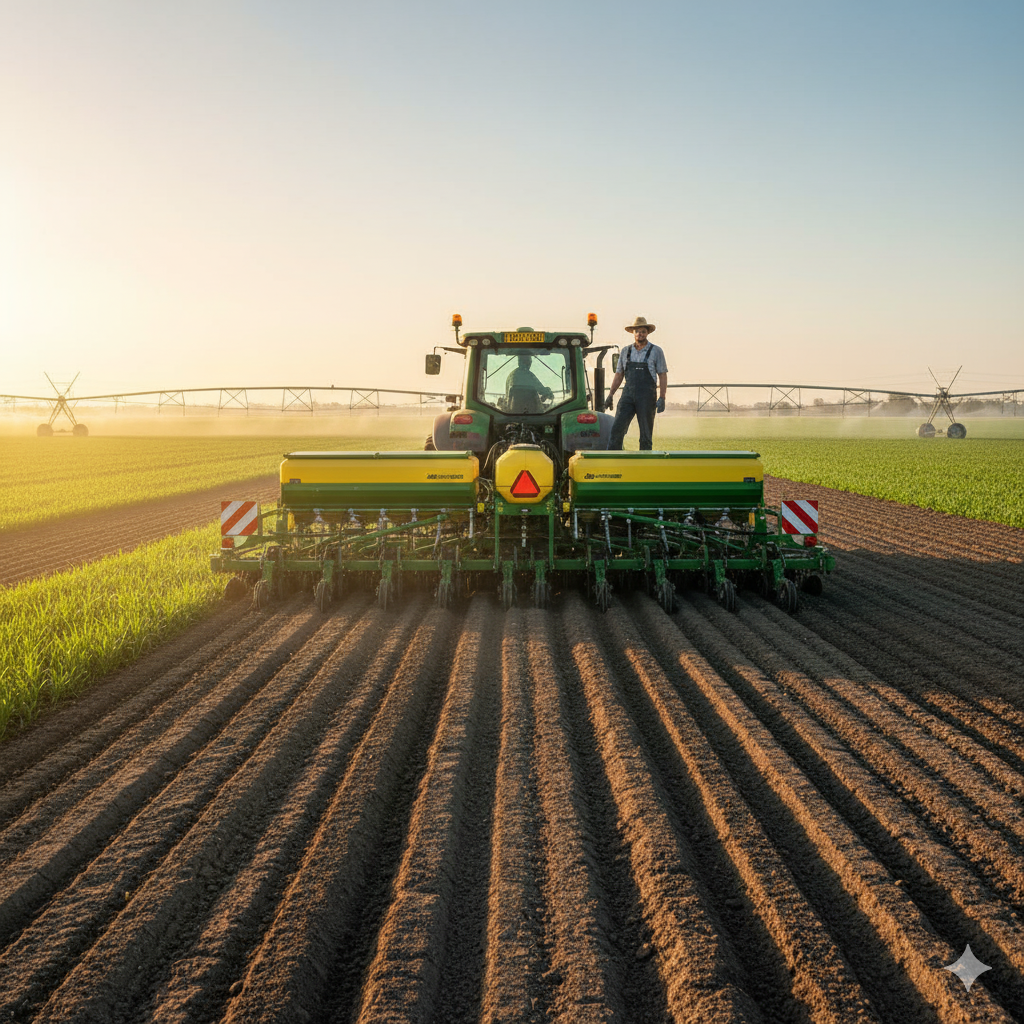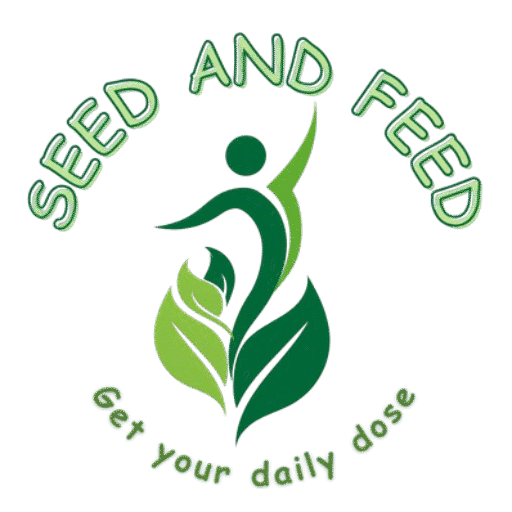Broadcasting is one of the simplest methods, where seeds are scattered by hand or with a mechanical spreader over the prepared land. This method is quick and requires minimal specialized equipment, making it suitable for crops like fodder grasses or cover crops. However, it often leads to uneven distribution and varying seed depth, resulting in inconsistent germination and plant spacing, which can affect yield.
Drill sowing, on the other hand, involves using seed drills or planters to place seeds in rows at a uniform depth and spacing. This method is highly efficient for larger fields and ensures better utilization of land and resources. It allows for easier inter-row cultivation, weeding, and irrigation. Modern seed drills can also apply fertilizer simultaneously with sowing, a technique known as “fertigation,” which provides immediate nutrients to the germinating seeds. Precision planters can place individual seeds at exact intervals, critical for crops requiring specific.



